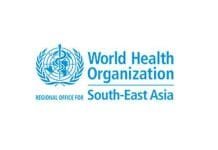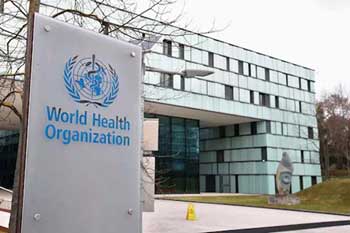– Dr Poonam Khetrapal Singh –
Blood banks across the WHO South-East Asia Region need more blood. Region-wide around 18 million units of blood are required annually. At present an estimated 15.9 million are collected. That leaves a deficit of just over 2 million units and makes the act of donating blood uniquely powerful: Put simply, it is one of the easiest ways to be there for someone else and to share life.
 Well-coordinated blood and blood product systems can increase the act’s life-saving impact by ensuring that safe, high-quality blood products are available to all people at all times. In recent years Member States have made rapid strides towards that goal, with each of them now implementing national policies on blood transfusion and blood safety, including testing all blood for the potential of transfusion-transmitted infections. That 82% of the blood collected Region-wide is from voluntary, non-remunerated donors is testament to the civic responsibility many people share, and the effectiveness of the blood and blood product systems that have been put in place.
Well-coordinated blood and blood product systems can increase the act’s life-saving impact by ensuring that safe, high-quality blood products are available to all people at all times. In recent years Member States have made rapid strides towards that goal, with each of them now implementing national policies on blood transfusion and blood safety, including testing all blood for the potential of transfusion-transmitted infections. That 82% of the blood collected Region-wide is from voluntary, non-remunerated donors is testament to the civic responsibility many people share, and the effectiveness of the blood and blood product systems that have been put in place.
Nevertheless, by carrying out a series of key initiatives – including boosting donations – each of the Region’s Member States can build on their substantial gains and enhance the implementation of WHO’s global strategy for safe blood.
Through supplementary planning, for example, blood products can be more efficiently processed and distributed. That means ensuring centralized blood banks responsible for the collection, processing and distribution of blood, are clearly designated. It also means accurately mapping the volume of blood needed to cover specific catchment zones, including remote and hard-to-reach areas.
Haemovigilance – the set of surveillance procedures covering the entire blood transfusion chain – can likewise be better managed and regulated. In particular, Member States should ensure haemovigilance measures are reported to the WHO Global Database on Blood Donor Safety, with a particular focus on ensuring both public and private facilities do the same.
Increased attention to the processing of blood will similarly help make full use of donations. At present just under half of all blood donated in the Region is separated into its various components – a process that allows patients to receive only the plasma, platelet, red or white cells they require, leaving the rest to be used as and where needed. This process should be carried out as a matter of priority.
Importantly, Member States should strive to limit the need for blood products in the first place. That can be done by providing high-quality essential services – including antenatal care, disease screening and diagnosis, and health promotion and counselling – at the primary level. Not only will this significantly reduce the need for blood transfusions; it will also fortify health systems more generally.
Indeed, though giving blood may be a simple way to save a life, strengthening the systems that collect, process, disseminate, store and transfuse blood will advance progress towards a goal that WHO South-East Asia and its Member States are striving to achieve: access to essential health services for all.
_____________
Dr Poonam Khetrapal Singh
Author & Regional Director ,WHO
Dr Poonam Khetrapal Singh, WHO Regional Director for South-East Asia , WHO’s South-East Asia Region comprises the following 11 Member States: Bangladesh, Bhutan, Democratic People’s Republic of Korea, India, Indonesia, Maldives, Myanmar, Nepal, Sri Lanka, Thailand and Timor-Leste.
Disclaimer : The views expressed by the author in this feature are entirely her own and do not necessarily reflect the views of INVC NEWS.
















